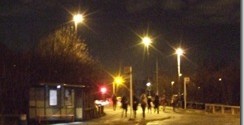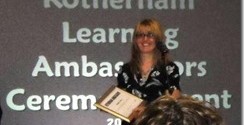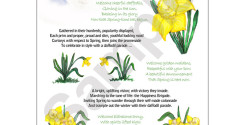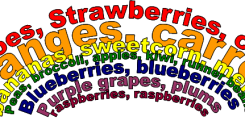Seasons Poems This metaphor seasons poem, one of my “Picturing the Seasons” collection which personifies each season, is an excellent example of figurative language, being full of personification, imagery and hyperbole/metaphors. If Spring was a person, who would that be? I think she’s the Princess of Hope; Lifting our spirits by seeing […]
SIMILE POEMS AND METAPHOR POETRY
If you are unsure of what a simile or a metaphor is, click on the TEACHERS’ PAGE, FIGURATIVE WRITING (INTRO), SIMILES AND METAPHORS for a detailed explanation, and some ideas of how to get started writing simile and metaphor poetry. Listed below are examples of my poems which contain similes and metaphors to a greater or lesser degree. Some are written specifically as simile poems or metaphor poetry whilst others contain similes and metaphors along with other figurative language. I have therefore listed each of my poems which include either/ or both similes and metaphors in this category, as well a brief description with each poem of the amount included together with details of any other figurative language used. Hopefully this will help you to ascertain how useful each poem will be in your teaching/ learning.





